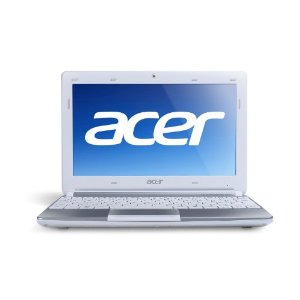GPicView in the default image viewer for the lightweight LXDE desktop. Remember, this is certainly not a replacement for other advanced photo management apps such as Shotwell, Picasa, etc in fact as mentioned before, GPicView is just a simple image viewer rather than a "manager" at all.
It has a highly simplified GUI (a lot closer to the one that used to come with MS Windows XP) and loads fast as a result. Other than viewing images it can let you do things like...
*. View in full screen.
*. Rotate clockwise and counter clockwise.
*. Flip horizontally/vertically.
*. Save in a different formats.
*. Delete images from the window... and a separate "preferences" window that lets you configure few things such as - changing the background color of the app itself and few conformation dialogs, etc.
And on the negative side it cannot let you crop or change color settings as with Geeqie, F-Spot or gthumb for instance either. Anyhow...
You can install GPicView in Ubuntu 11.04 Natty Narwhal, 10.10 and 10.04 easily since it's in the official Ubuntu software repositories by using the below command.
Enjoy! (man, I gotta replace this "usual ending word", any suggestions ?? ;-) ).
It has a highly simplified GUI (a lot closer to the one that used to come with MS Windows XP) and loads fast as a result. Other than viewing images it can let you do things like...
*. View in full screen.
*. Rotate clockwise and counter clockwise.
*. Flip horizontally/vertically.
*. Save in a different formats.
*. Delete images from the window... and a separate "preferences" window that lets you configure few things such as - changing the background color of the app itself and few conformation dialogs, etc.
And on the negative side it cannot let you crop or change color settings as with Geeqie, F-Spot or gthumb for instance either. Anyhow...
You can install GPicView in Ubuntu 11.04 Natty Narwhal, 10.10 and 10.04 easily since it's in the official Ubuntu software repositories by using the below command.
sudo apt-get install gpicview
Enjoy! (man, I gotta replace this "usual ending word", any suggestions ?? ;-) ).



























































